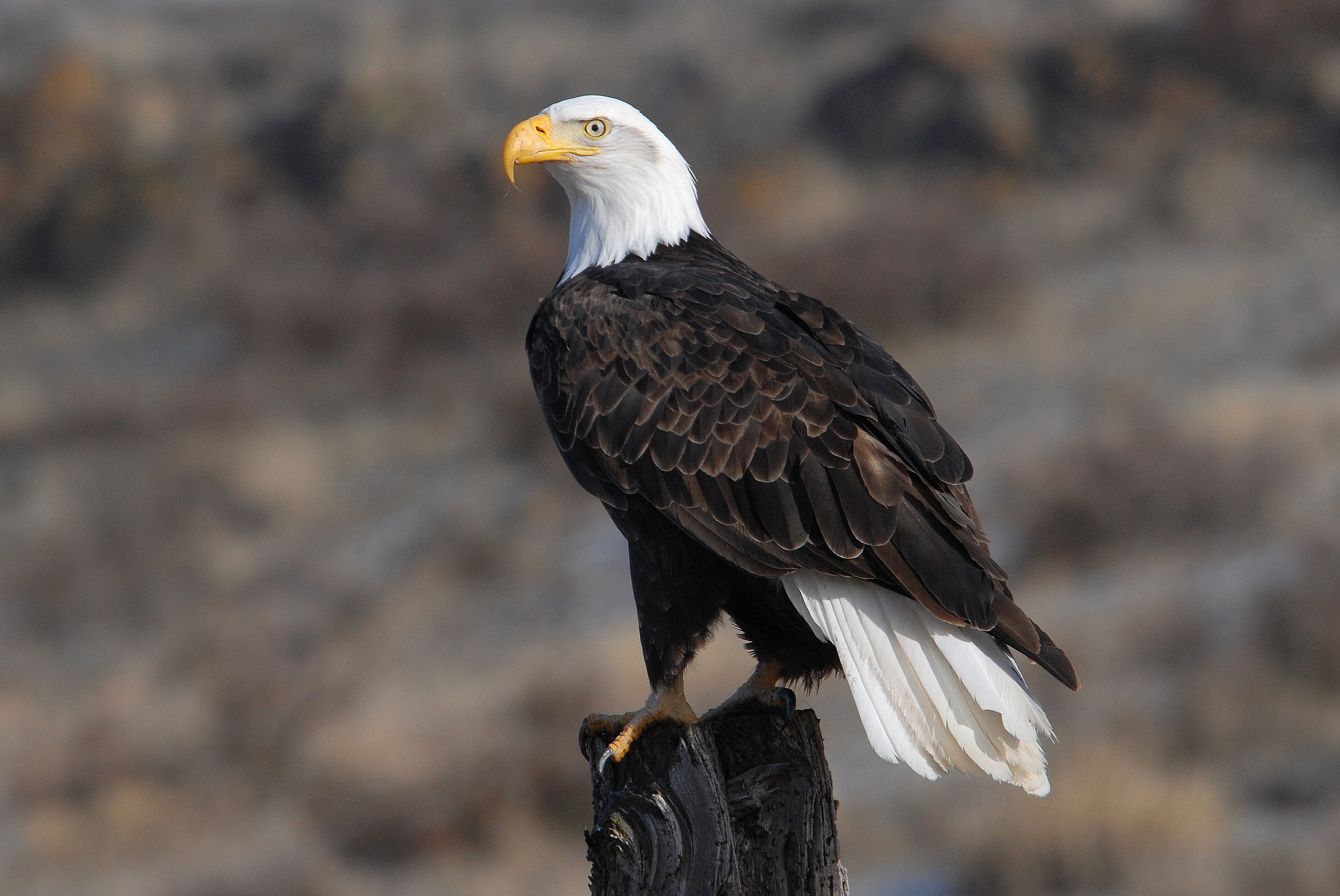In northern Michigan, where William Bowerman, a professor at the University of Maryland, has conducted a long-term bald eagle census for 40 years, the number of occupied nests increased from 52 in 1961 to 114 in 1984, reaching about 1,000 by the end of 2021. However, at the end of the same year, highly pathogenic avian influenza arrived in North America, with immediate and devastating effects. By 2022, the number of occupied nests had decreased by 50%. Tests conducted by the Michigan Department of Natural Resources showed that 38% of bald eagles tested had died from the virus.
Extensive data on the impact of the disease do not exist in Minnesota since the state does not collect all dead eagles for necropsy, the animal equivalent of autopsy. Nationally, avian influenza has caused the deaths of at least 606 bald eagles in 45 states, according to the Department of Agriculture’s Animal and Plant Health Inspection Service. Experts believe the actual number of fatalities is much higher because only a small fraction of the dead eagles have been recovered and tested.
In Florida and Georgia, avian influenza has led to an alarming increase in bald eagle nest deaths and failures, researchers reported in the journal Nature Scientific Reports in January 2023. By 2022, nest success rates, which is the percentage of nests that produce eaglets that can fly, had plummeted 43% in Camden County and 62% in Glynn County, the two hardest hit areas in Georgia.

“Waterfowl were dying, and the eagles were eating the waterfowl,” explained Nicole Nemeth, principal author of the study and director of research and diagnostic services for the Southeastern Cooperative Wildlife Disease Study at the University of Georgia. First established in 1957, the study collects dead wild animals in 17 states, allowing researchers to assess the broader impact of avian influenza on various species.
Nemeth and her research team elaborated that the death of eagles from avian flu provides a more accurate look regarding the impact of the disease, describing it as “an early horizon scan of an emerging threat to populations of predatory and scavenging birds across North America.” Federal data already show that hundreds of hawks and owls have also been affected by the virus.
Up to now, the main threat of avian influenza to humans has not been wild birds, but rather domestic poultry and dairy farms infected with the virus. However, approaching a diseased eagle could still constitute a serious risk of human infection through aerosolization of the virus, warned Richard J. Webby, a virologist at St. Jude Children’s Research Hospital in Memphis.
Historically, wild birds and migratory waterfowl have served as natural incubators for avian influenza, by carrying and spreading the virus without manifesting symptoms, explained Julianna Lenoch, coordinator of the Animal and Plant Health Inspection Service’s national wildlife disease program. “In this outbreak”, Lenoch claimed, “we are seeing vast amounts of disease and death in wild bird populations around the world”. The reasons for the severe impact of this particular outbreak on wild birds are still unknown.












